The behavior of bacterial colonies was described mathematically
The possible behavior of bacterial colonies was described using mathematical formulas by scientists from the National Research Nuclear University MEPhI. They found that randomly distributed bacteria aggregated into clusters over time without obvious known—chemical or light—stimulants. Moreover, after a certain time, different groups begin to interact with each other. The results of the study were published in a highly rated scientific journal.
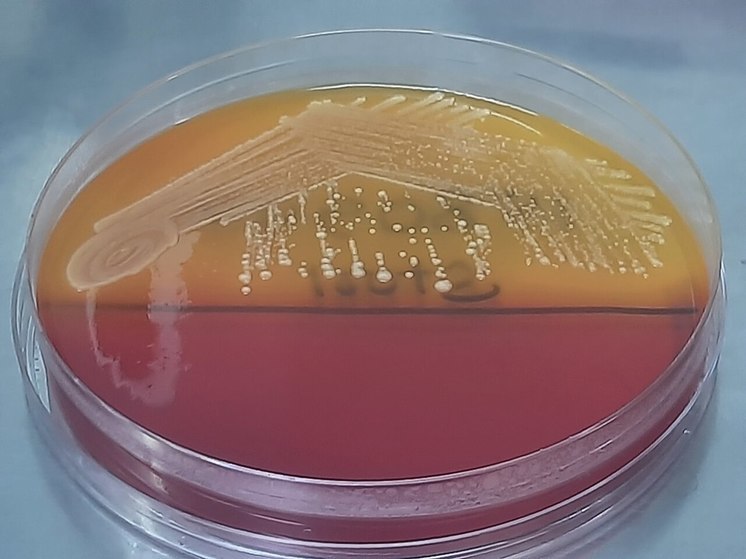
Scientists from different countries are studying the patterns of the distribution of bacteria in space in order to analyze and predict their behavior. The concept of “microbial intelligence” has even been proposed, which considers certain aspects of the adaptive, altruistic or cooperative behavior of groups of microorganisms.
It is known that to survive in a hostile environment, bacteria have developed a number of adaptive mechanisms. Among them are chemotaxis—displaced movement of bacteria under the influence of a chemical stimulus, and phototaxis—directed movement of microorganisms in response to exposure to light.
Nikolai Kudryashov, head of the department of applied mathematics at National Research Nuclear University MEPhI, told how, with the help of mathematical modeling, he came to conclusion about the ability of bacteria to self-organize without these strong additional stimuli.
“For our mathematical model, we took the so-called “white noise” — bacteria randomly distributed in space,” explains Kudryashov. “And it turned out that they can also self-organize, gathering into clusters over time. The equations also showed that over time, these resulting bacterial clusters can interact with each other. But for mutual attraction there should not be too much distance between them — for any bacterium or group of bacteria there is a certain critical distance, beyond which they lose the ability to self-organize.
– Of course, these conclusions do not necessarily apply only to bacteria. This may well work for birds, for fish, for many living organisms, including humans. Only in cases with more complex views should coordinates and time be included in the equation.
– To some extent, they have such intelligence. Perhaps studying the behavior of protozoa will lead us in the future to more advanced models of artificial intelligence.




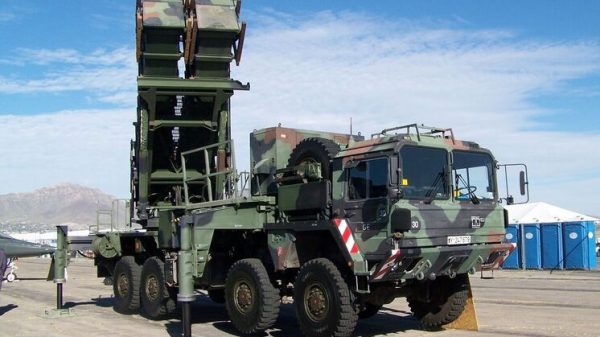


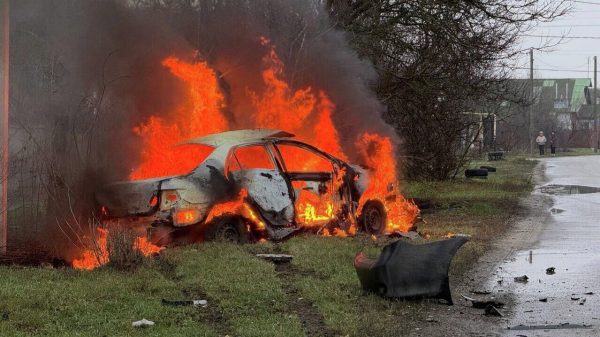
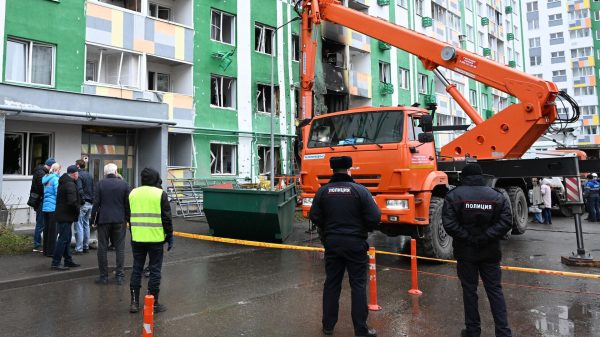




































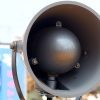






Свежие комментарии